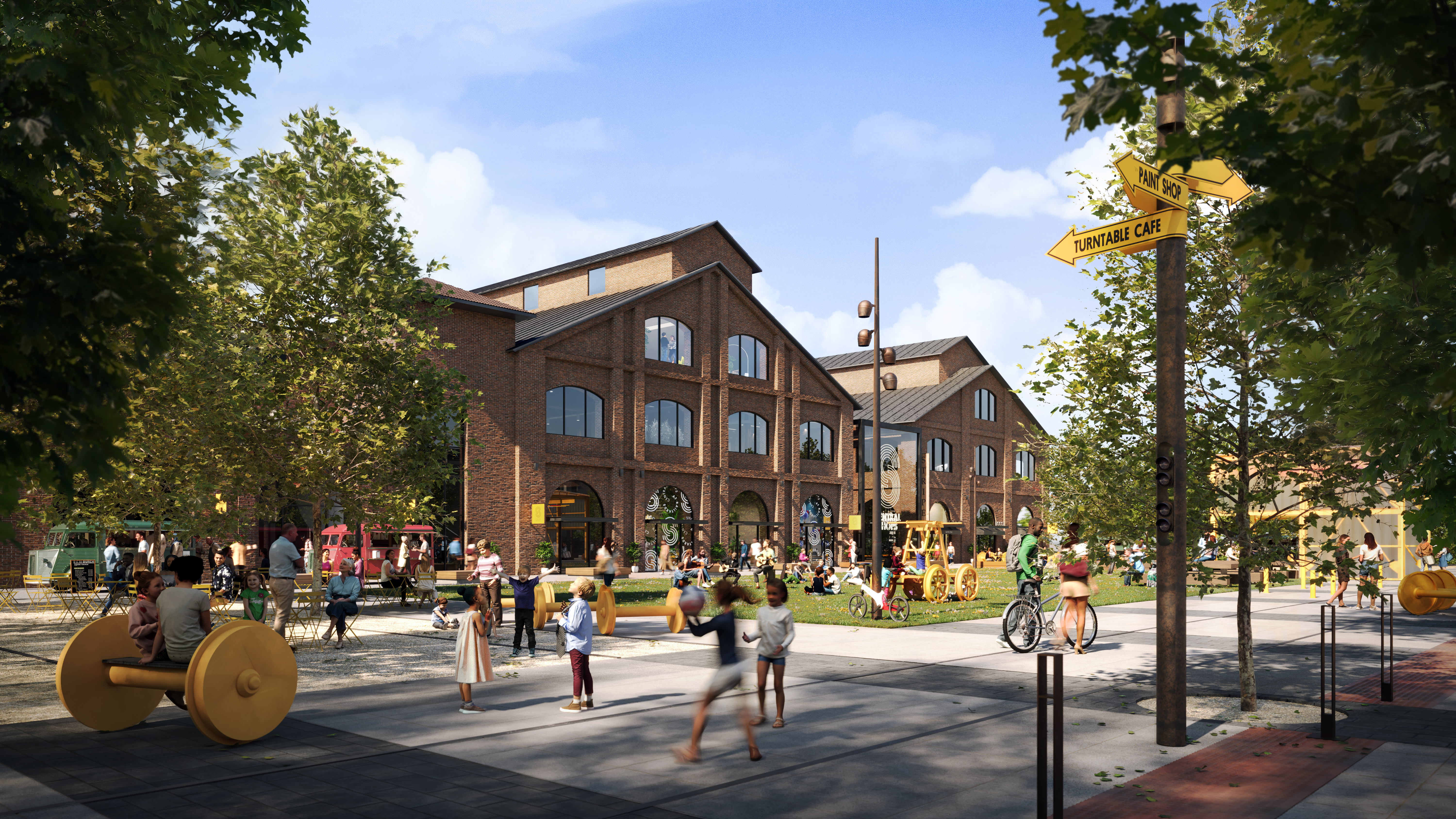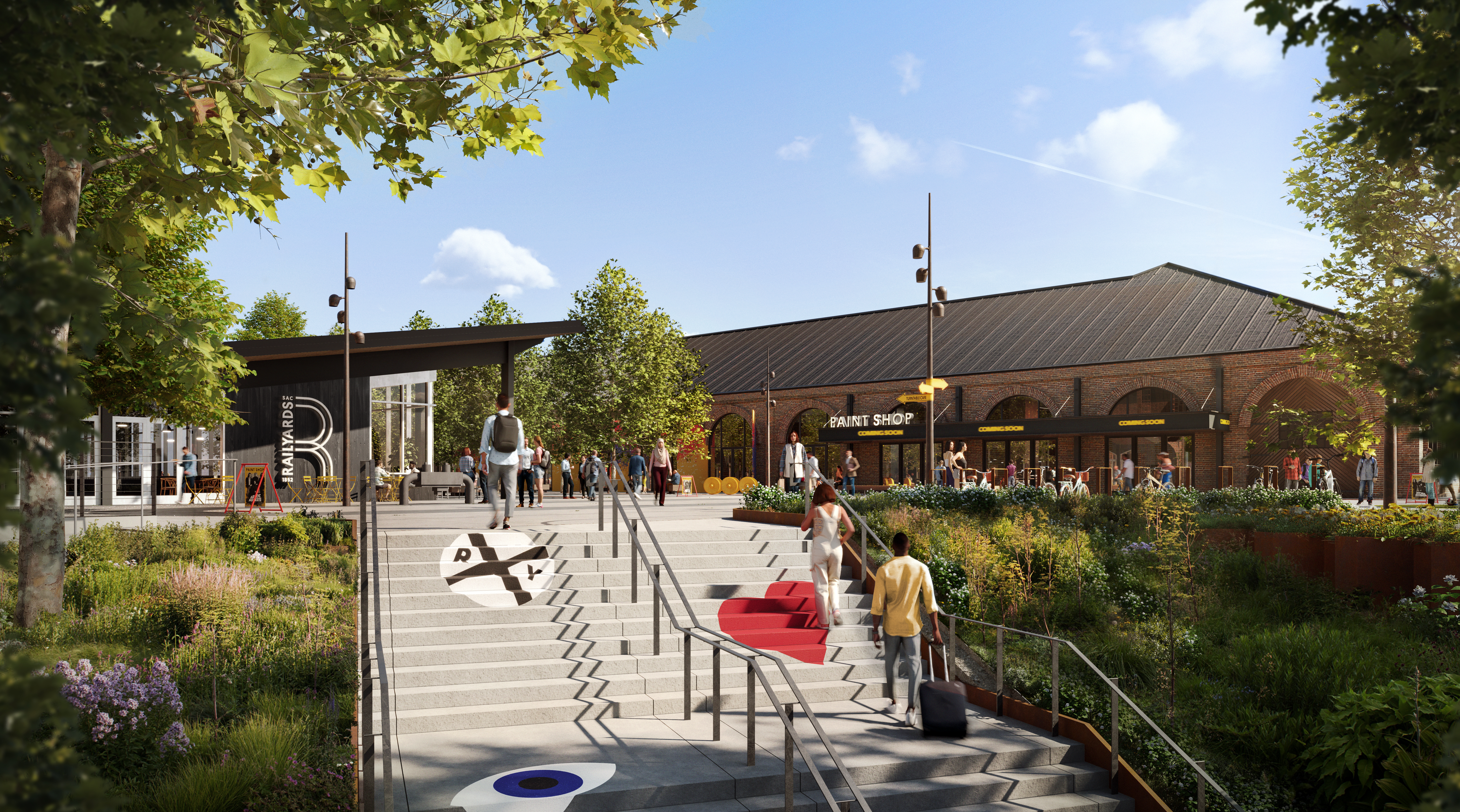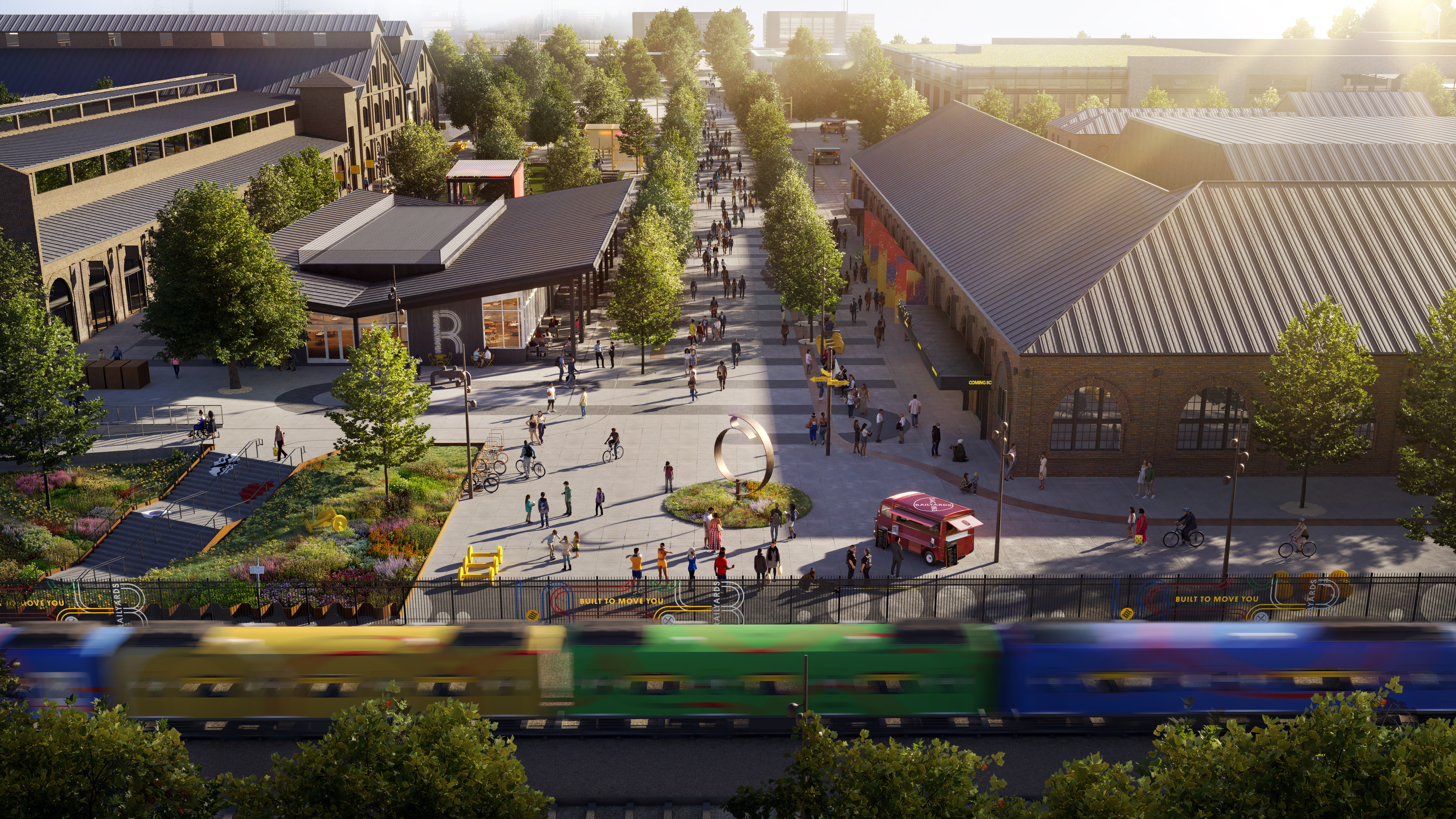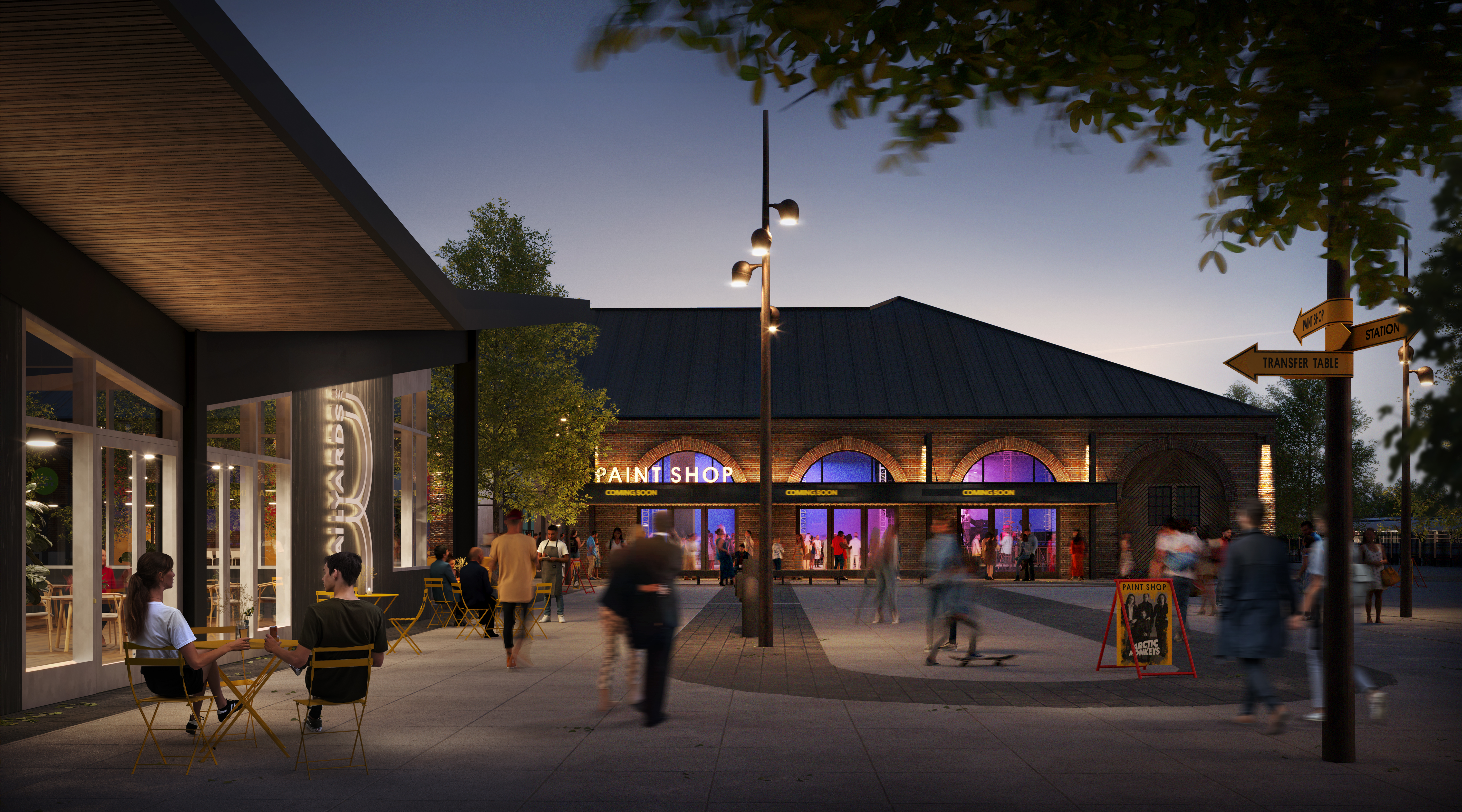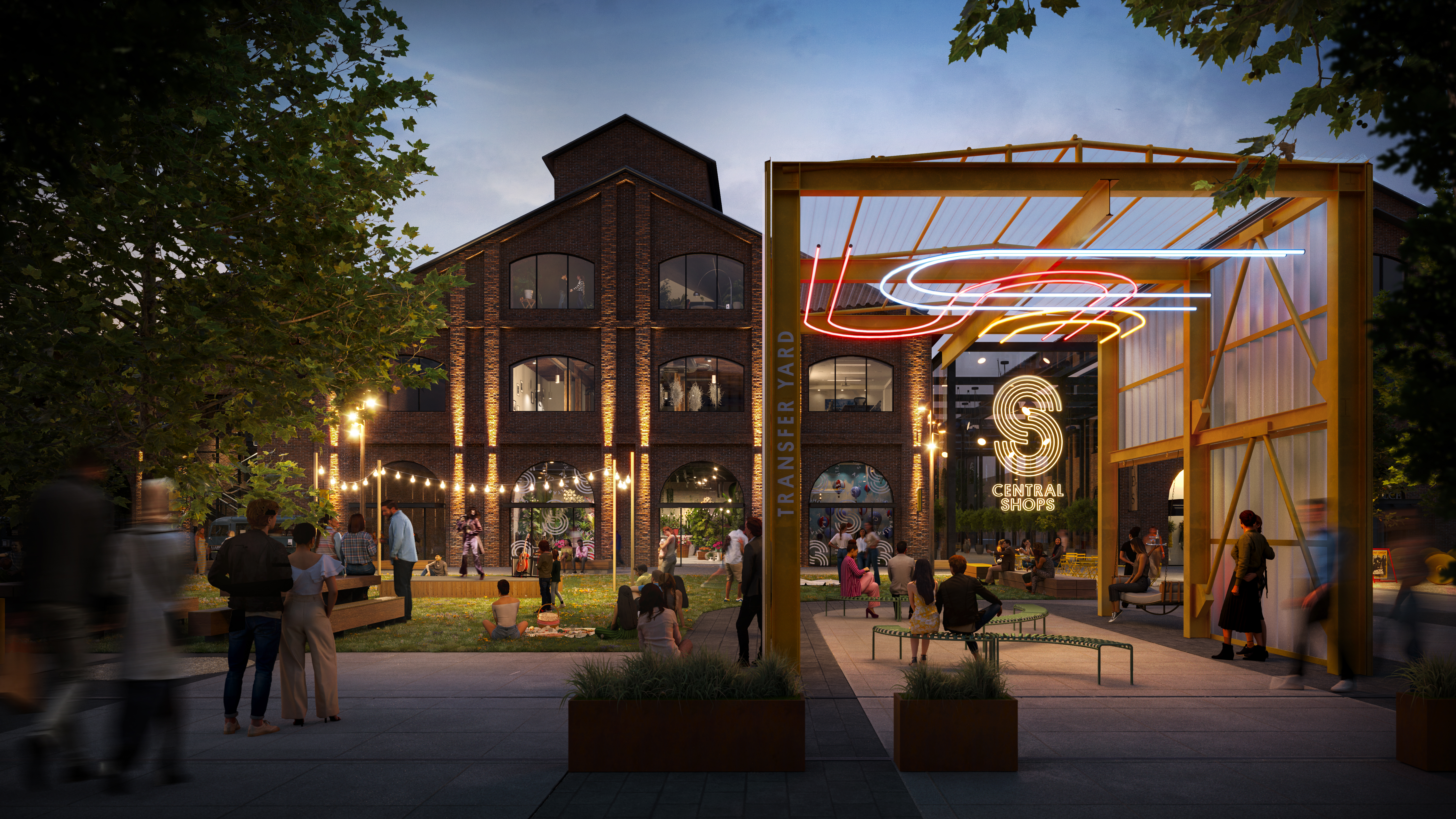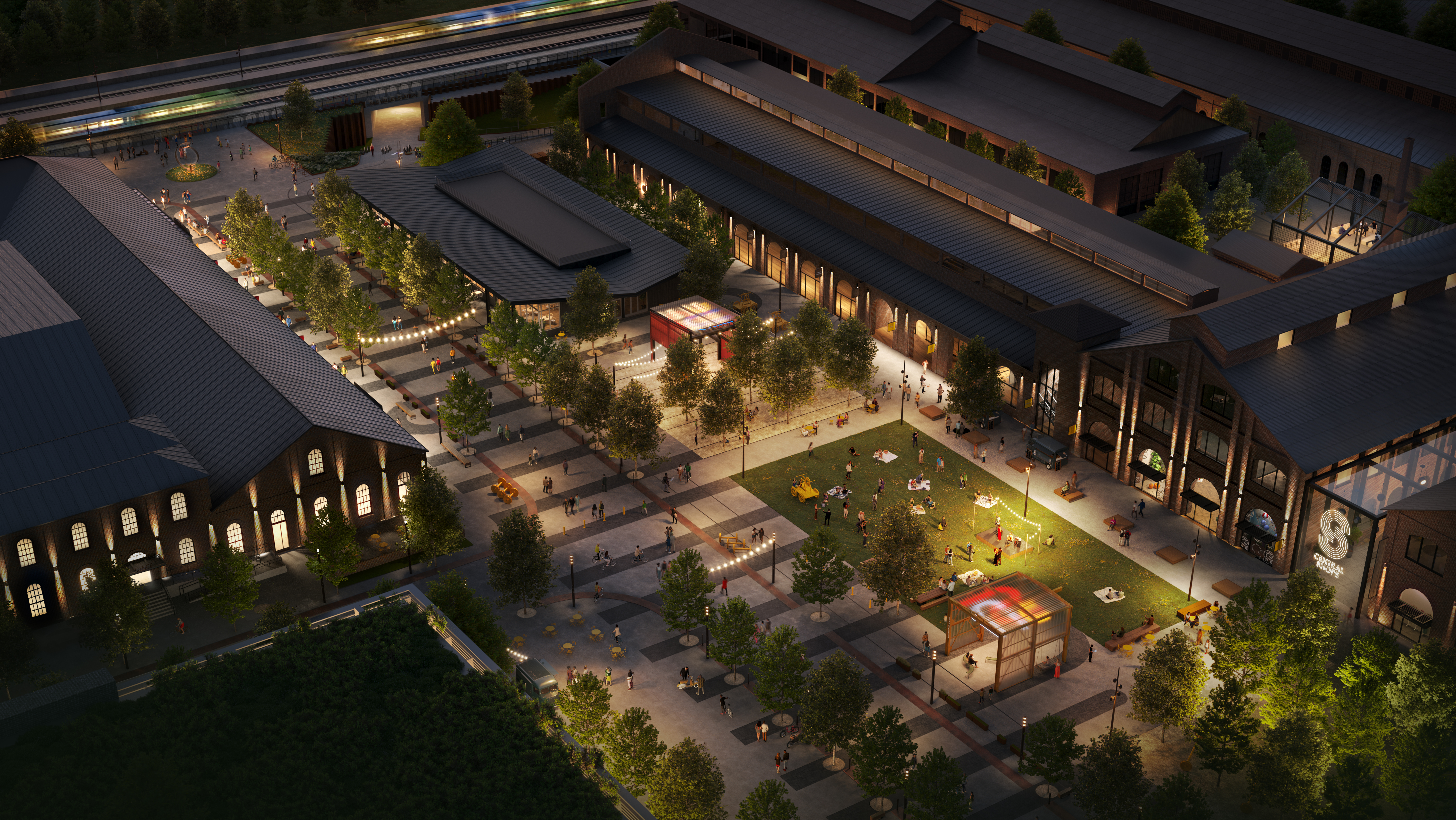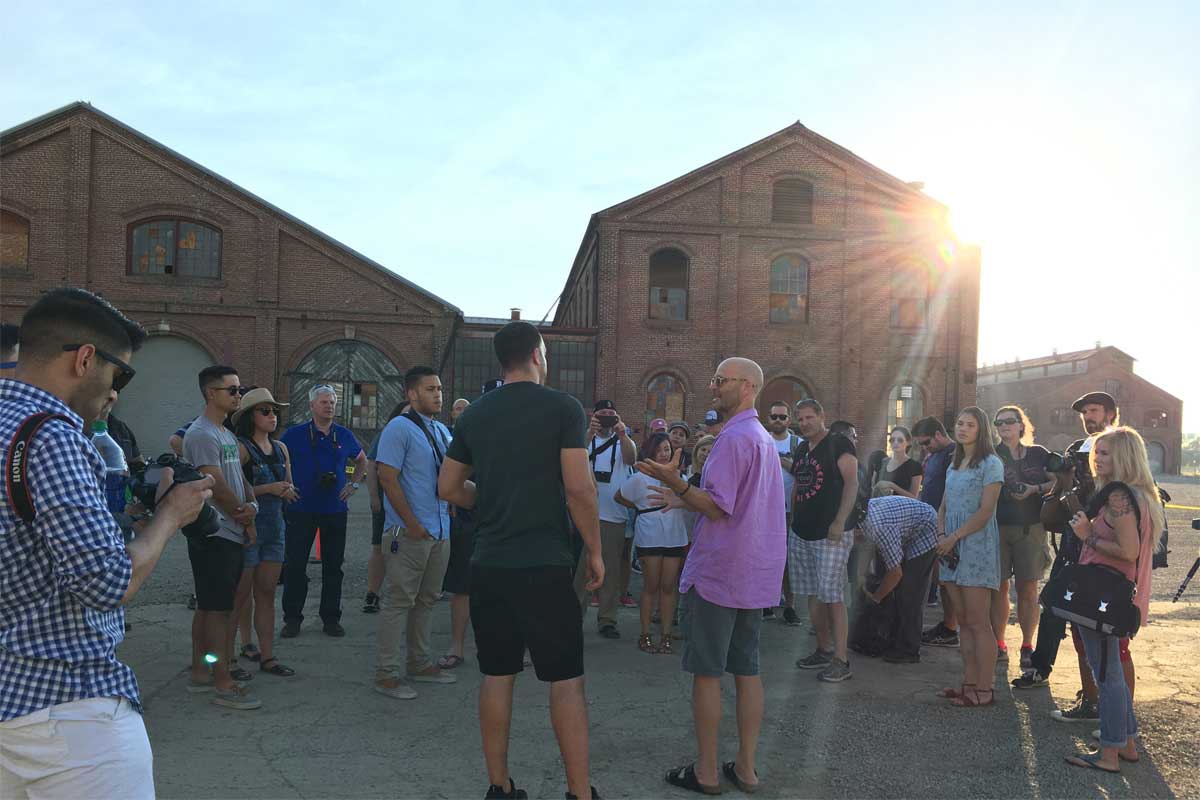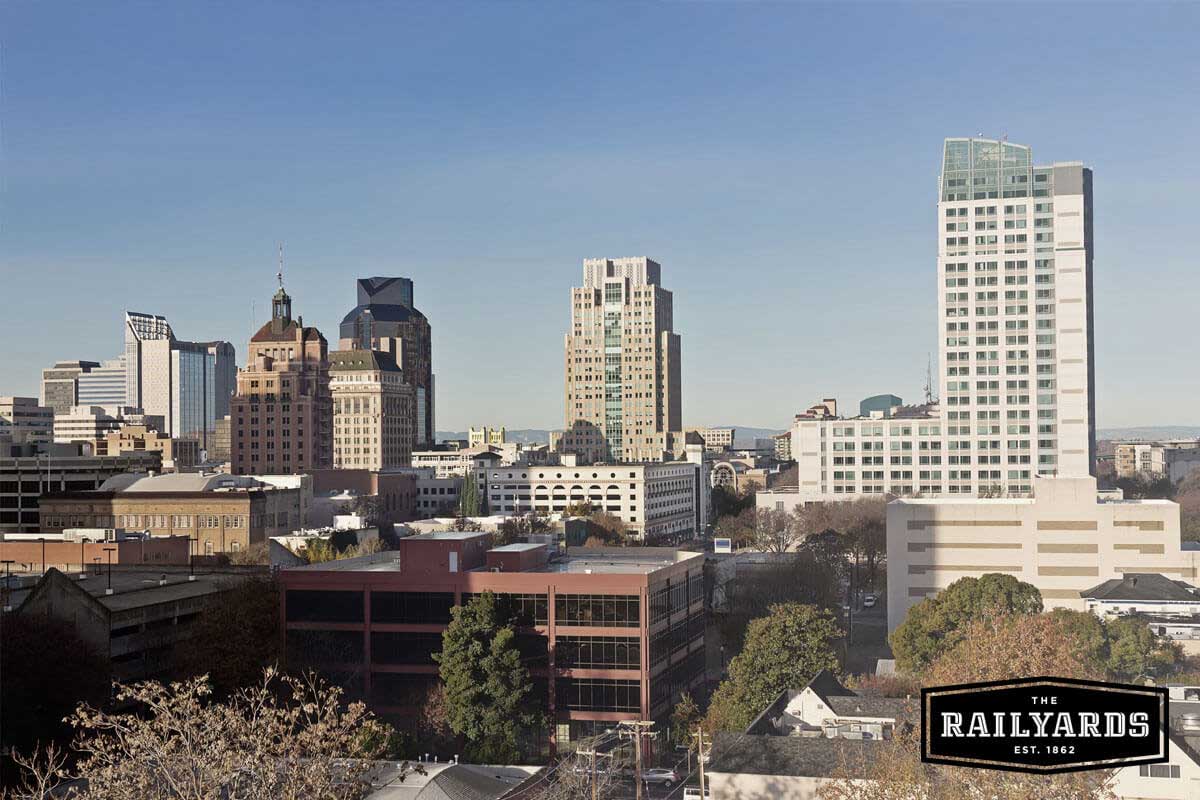
June 23, 2017 / Author: the Railyards
Urban areas are attracting big business, and that’s good news for Sacramento. The landscape of American business is undergoing a massive shift away from the suburbs.
Urban areas are attracting big business, and that’s good news for Sacramento. The landscape of American business is undergoing a massive shift away from the suburbs and towards the downtown areas of cities. Over the previous few decades, companies had left the cities for office parks, where they could offer their employees large parking lots and suburban living. Now, however, the trend has begun to reverse itself. In 1960, 63 percent of the jobs in US metropolitan areas were located in cities. By 1996, however, that number fell to less than 16 percent. Now that number has changed course. Between 2007 and 2011 city job growth grew by a steady .5 percent each year, while suburban job growth fell by .1 percent each year. This sudden switch caught many by surprise, but the motivation behind it shows a clear shift in corporate culture; one that will continue to impact organizations and their employees for years to come.
What Businesses Are Making the Move?
Kaiser Permanente is already one of Sacramento’s top employers with more than 10,000 Sacramento county employees, according to the Sacramento Business Journal. In 2015, Kaiser announced its intent to build a state-of-the-art, 9,000 sq foot medical center in The Railyards area of Sacramento. With 244 acres available in The Railyards, there’s plenty of room for other large corporations to set up shop in the area that’s been described as key to the revitalization of Sacramento.
The shift towards urban environments seems to impact businesses of all sizes. A study by Richard Florida from the University of Toronto found that half of new venture capital is directed towards urban neighborhoods. Entrepreneurs interested in getting their new businesses off the ground have been concentrating on urban areas to find the talent they need.
Established companies, however, have also been picking up and moving towards urban environments. General Electric, who had lived on a 70 acre campus in Fairfield, Connecticut, decided to ditch the suburbs and move to downtown Boston, a move that is anticipated to be completed in 2018. Similarly, North Carolina - based software company, Red Hat, decided to make the move from southwest Raleigh to the downtown portion of the city in an effort to find a more ‘urban’ environment. Raleigh, for its part, also formed plans to cultivate that more urban feel with a 50-acre development that will add apartments, a central marketplace, and public gathering spaces. Other major brands that have made the switch include the McDonald’s headquarters, which will be in central Chicago, and Hasbro, who has moved to Providence.
Why Are Businesses Moving Back to the City?
The trend towards urban downtown areas marks a unique change in business culture. Perhaps for the first time, companies have begun to move to where their prospective employees live, rather than employees moving towards the companies.
One of the major motivations behind the geographic shift for many of these organizations has been to make their businesses more appealing to millennials, who are flocking to urban areas to work, live, and raise young families.
Millennials now comprise the largest component of the American workforce, making them a strong negotiating force within the business world. Employers also generally seek members of this generation for their creativity as well as their talent and familiarity with technology, which has already come to dominate business communication. Millennials have strongly voiced their preference for more urban environments, with 62 percent saying that they prefer to live close to restaurants, shops, and offices.
The downtown areas indeed offer a great deal to attract new prospective hires. There are more things to do in the neighborhoods and the areas are generally more ‘walkable’, meaning that people can access their homes, offices, and entertainment without having to step foot in a car.
Many major urban centers also offer various forms of public transportation, making it easier for those who do need to occasionally leave the confines of their exciting neighborhood. Proximity to a transportation hub was one of the factors that drew Kaiser Permanente to choose The Railyards location, says Gregory A. Adams, group president and regional president of Kaiser Foundation Hospitals and Health Plan, Inc., in Northern California.
“Bringing our services to downtown allows us to improve geographic access for many of our more than 740,000 Greater Sacramento-area members,” said Adams. “One of the major reasons we chose this site is because of its central location and proximity to Interstate 5, light rail and the Capitol Corridor.”
Interestingly, the urban desires of the members of the millennial generation and their employers also play nicely into the goals of revitalization and purpose. The return of major corporations also brings jobs and a stronger economy to these cities. One of the best examples of this can be found in Detroit. Major companies, such as Rock Ventures– who owns Quicken Loans– have moved into this city, helping to boost the depressed Detroit. In 2015, 77 percent of surveyed millennials said that the sense of purpose behind companies influenced their desire to work for particular organizations. Breathing life back into formerly struggling downtown areas helps millennials feel as though they are a part of something larger, making the environment even more appealing to them.
Financial and Growth Motives
Of course, brands are not making the decision to move back downtown solely based on the newest generation in the workforce. Many states also offer financial incentives for brands to remain, or move, to cities.
Organizations also concern themselves with innovation. Joining a growing community of top companies in a downtown area creates a business-friendly atmosphere where creativity and growth are encouraged, adding even more incentive for the organizations.
As the trend towards connected, convenient urban neighborhoods continues to grow, businesses will likely continue to migrate towards the cities. This trend will impact corporate culture and how organizations attract new prospective employees. As Sacramento continues to revitalize its neighborhoods with exciting new development projects such as The Railyards, more and more companies will look to the Capital as an attractive location full of promise and profit.

